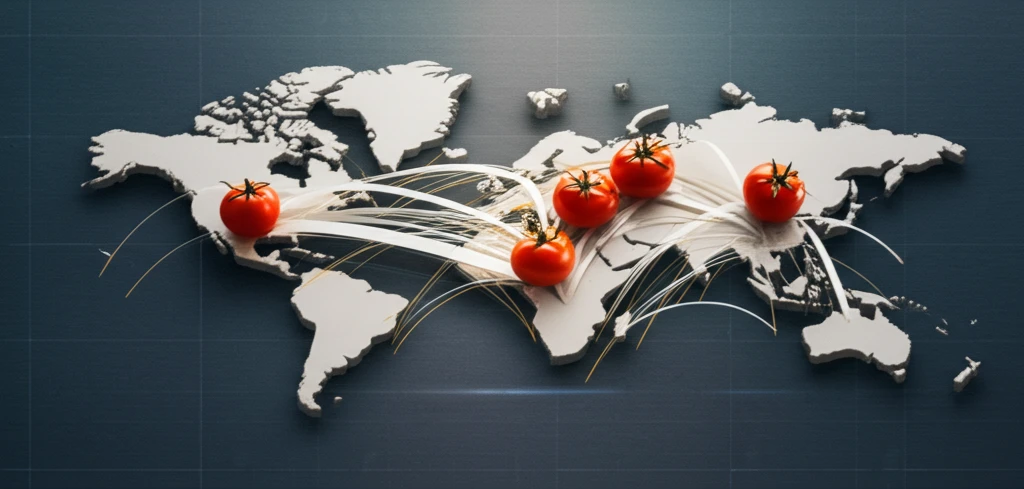
Tomato Wars: How Trade Agreements Impact Your Grocery Bill
"Unpacking the U.S.-Mexican Tomato Suspension Agreement and its Ripple Effects on Consumers"
The price and availability of fresh produce are often taken for granted, but a closer look reveals a complex web of international trade agreements that significantly influence what ends up on our plates. One such agreement, the U.S.-Mexican Tomato Suspension Agreement, has been a source of ongoing debate and economic impact for consumers and producers alike.
Tomatoes are a vital export for Mexico, ranking as its second most valuable agricultural commodity. For decades, trade relations between the United States and Mexico have been strained over concerns about unfair trade practices. U.S. growers, particularly in Florida, have long alleged that Mexican tomatoes are being "dumped" on the U.S. market—sold at prices below the cost of production—harming domestic producers.
In response to these concerns, the U.S. and Mexico have engaged in a series of agreements aimed at managing the flow of tomatoes across their borders. These agreements, known as Suspension Agreements, set minimum prices for Mexican tomatoes entering the U.S. While intended to protect U.S. growers, these policies have far-reaching consequences, affecting prices, production, and consumption patterns in both countries, as well as in Canada.
What is the U.S.-Mexican Tomato Suspension Agreement?

The U.S.-Mexican Tomato Suspension Agreement is a trade agreement that sets a minimum price for fresh tomatoes imported from Mexico into the United States. The original agreement was established in 1996 to prevent Mexican tomato growers from selling tomatoes at unfairly low prices (a practice known as "dumping") in the U.S. market. This was designed to protect domestic tomato producers, particularly in Florida, who claimed that low-priced Mexican imports were harming their businesses.
- Field tomatoes
- Greenhouse tomatoes
- Cherry and grape tomatoes
The Bigger Picture: Trade, Consumers, and Your Plate
The U.S.-Mexican Tomato Suspension Agreement highlights the complexities of international trade and its direct impact on consumers. While these agreements are intended to address specific issues like unfair pricing, they create ripple effects that influence the entire market. As consumers, understanding these dynamics empowers us to make informed choices about the food we buy and to engage in discussions about trade policies that shape our world.
